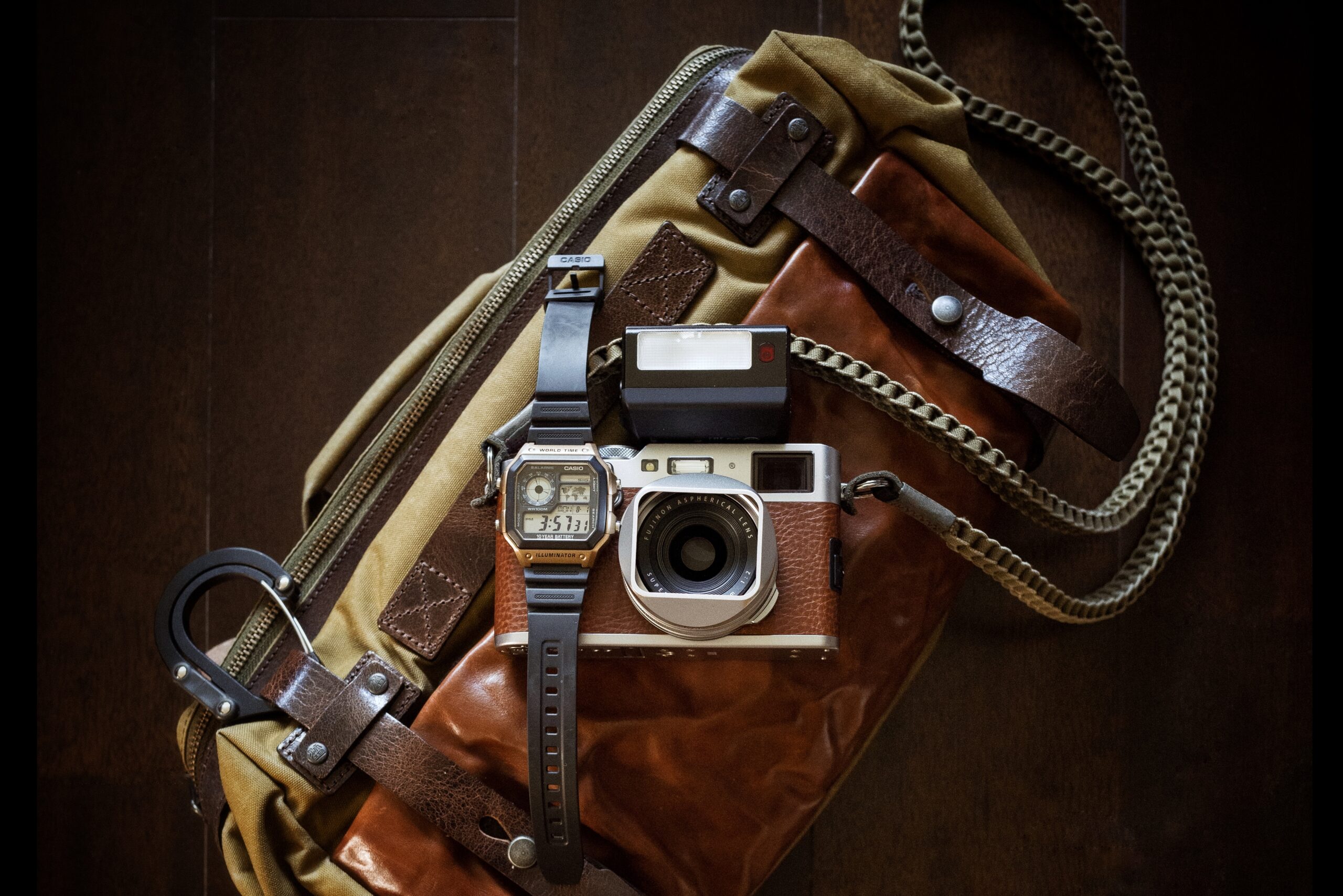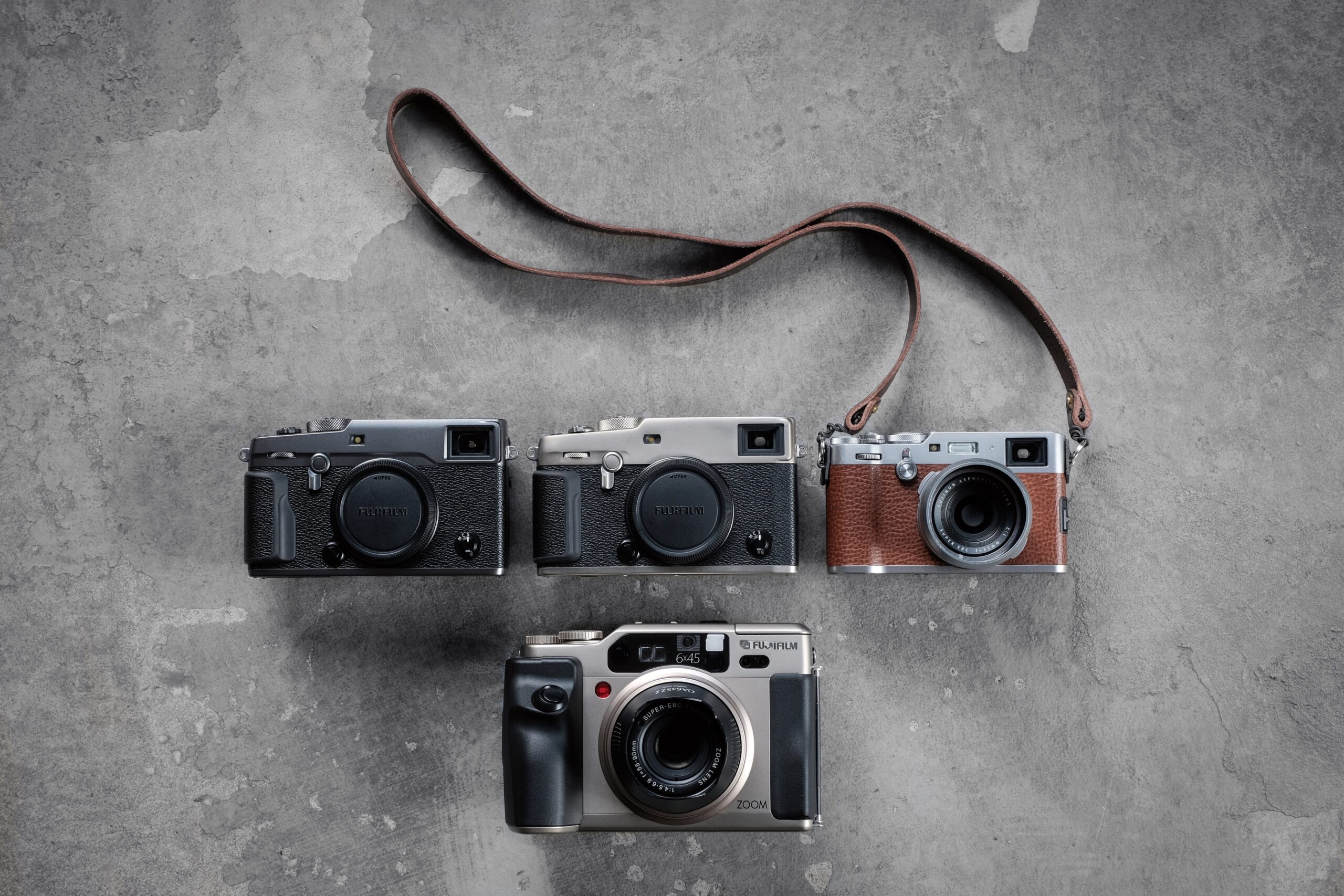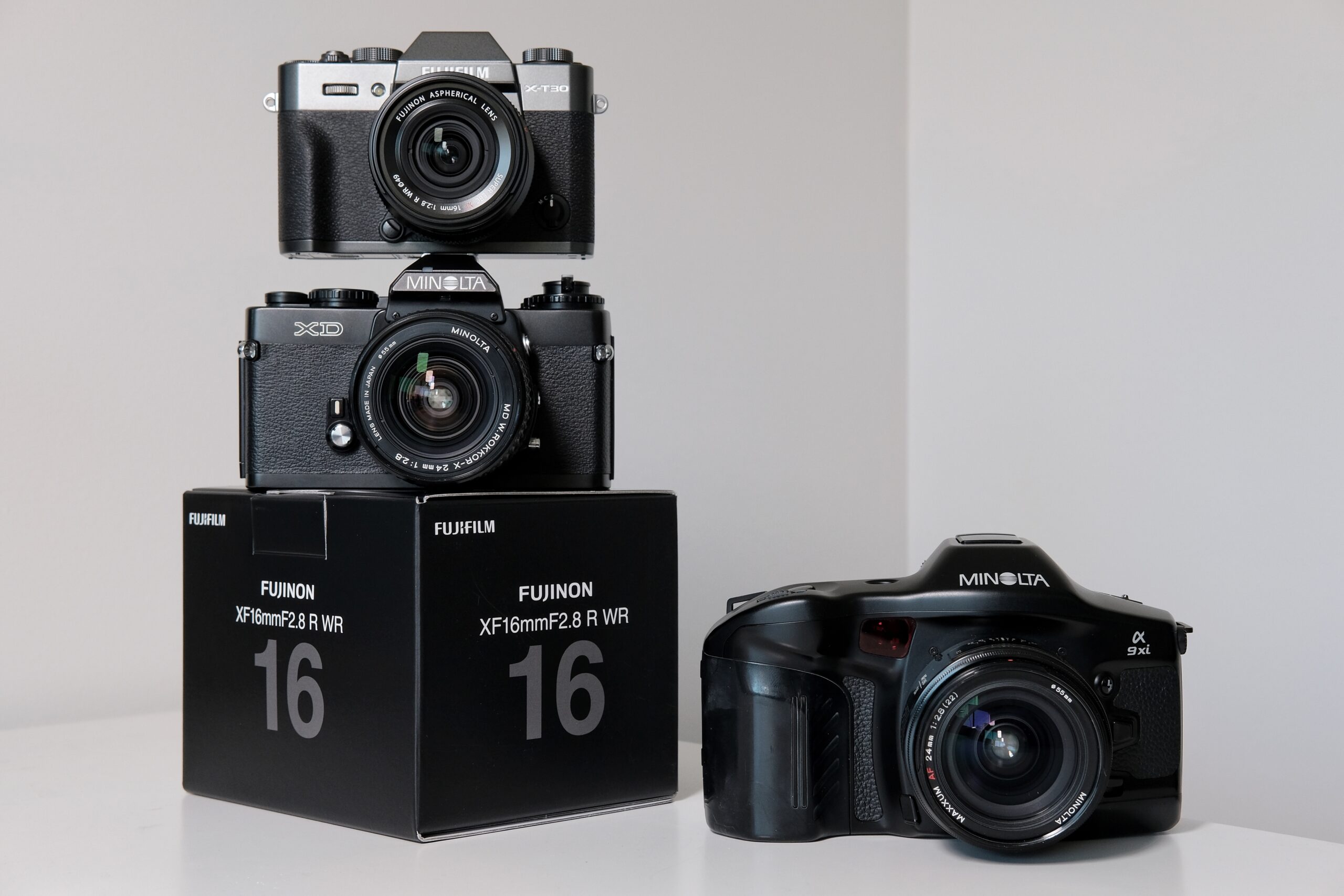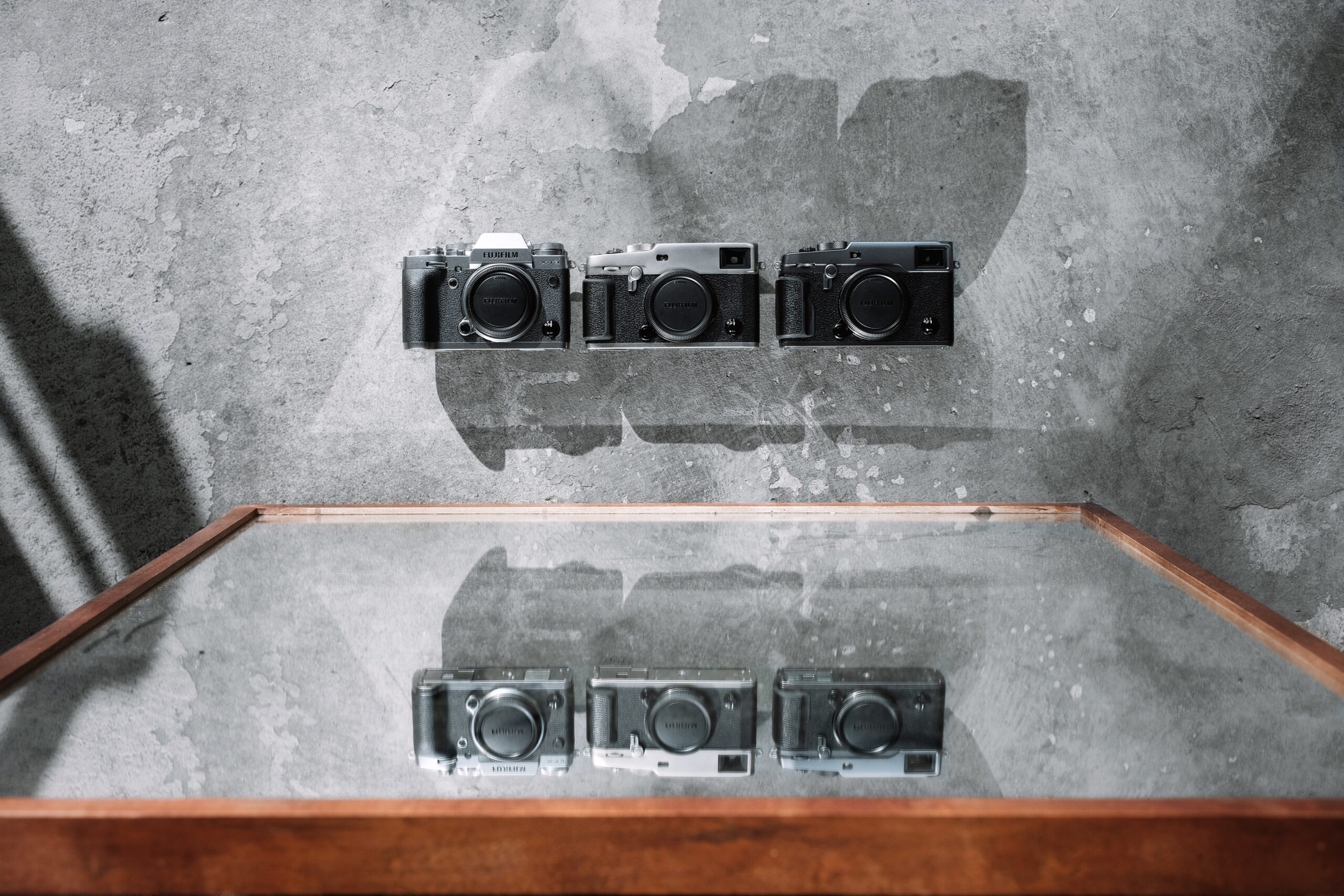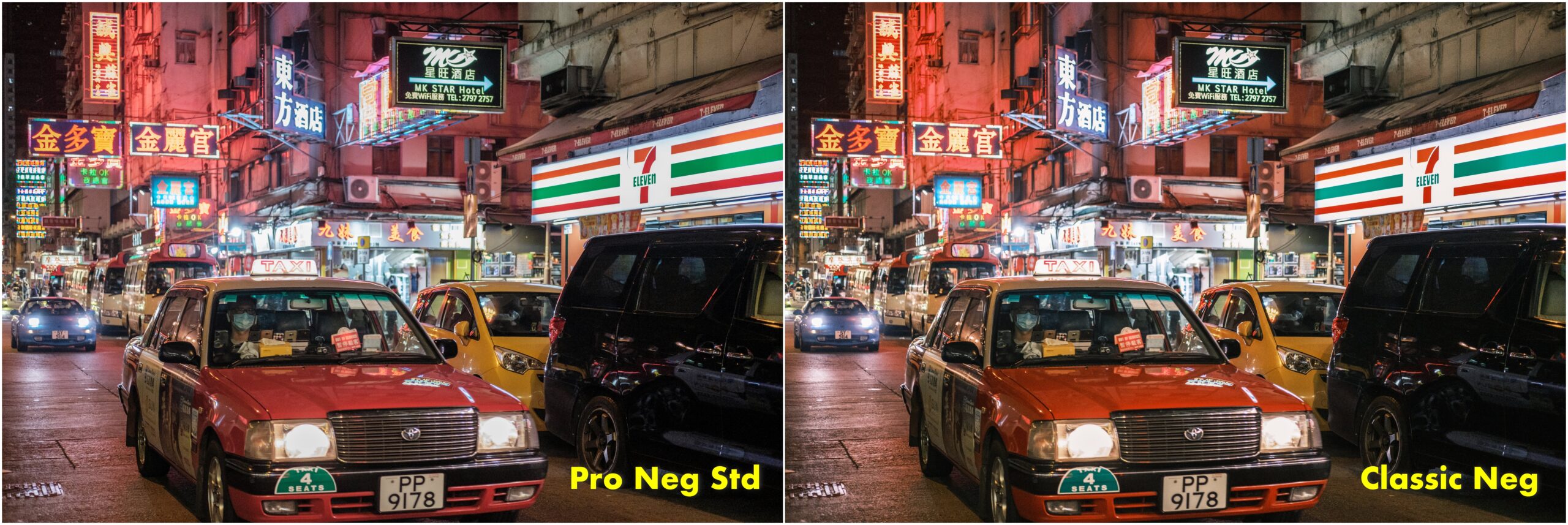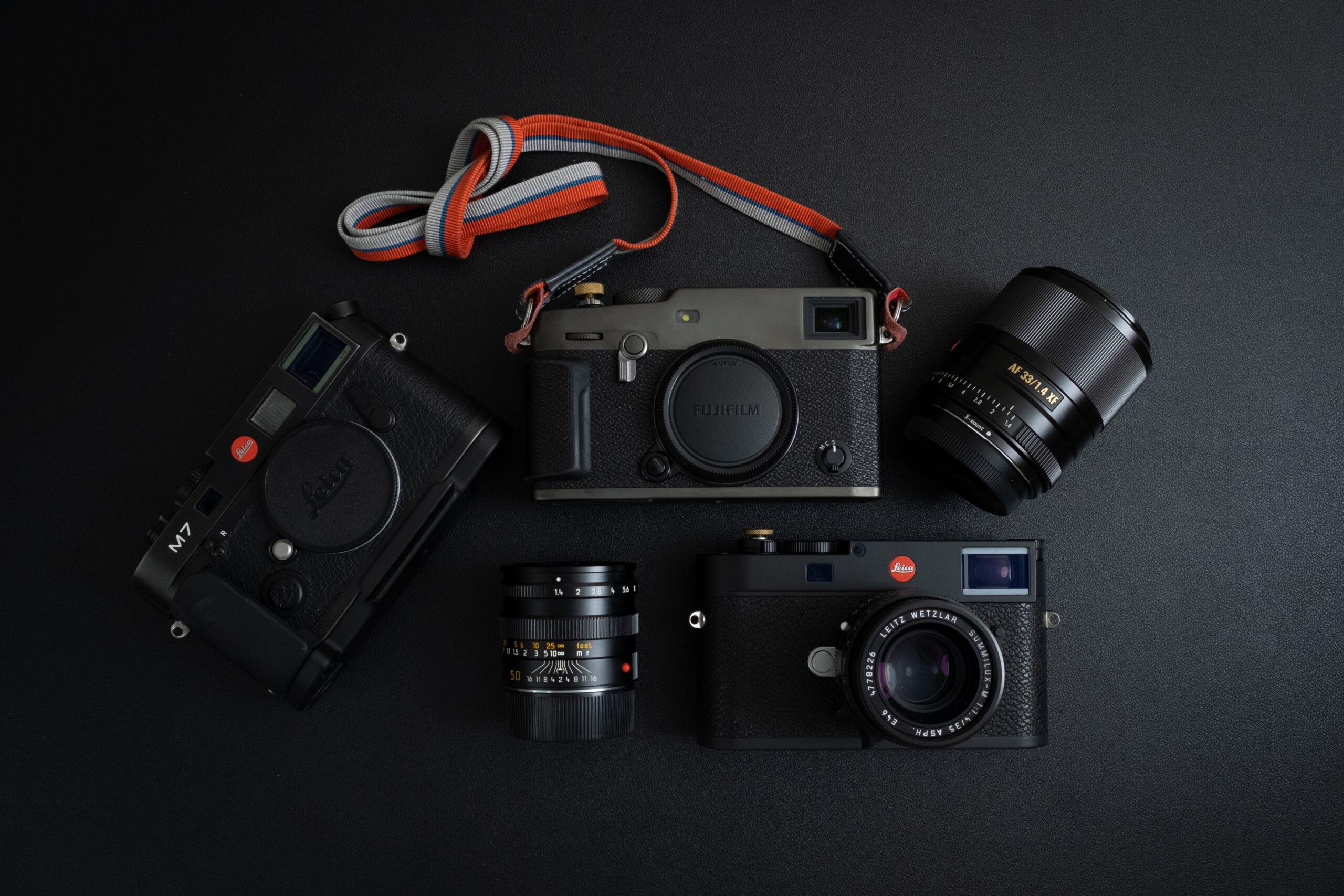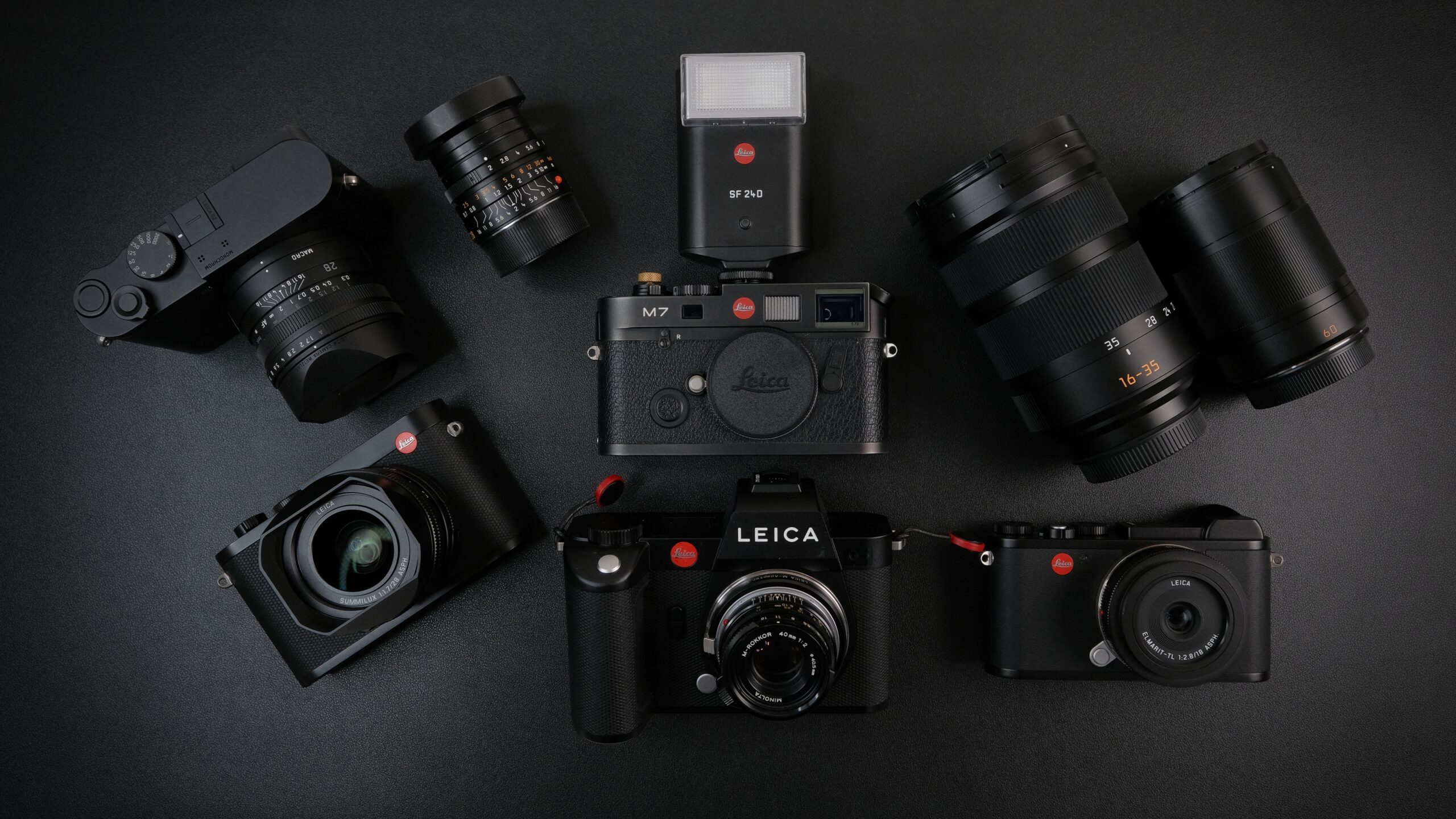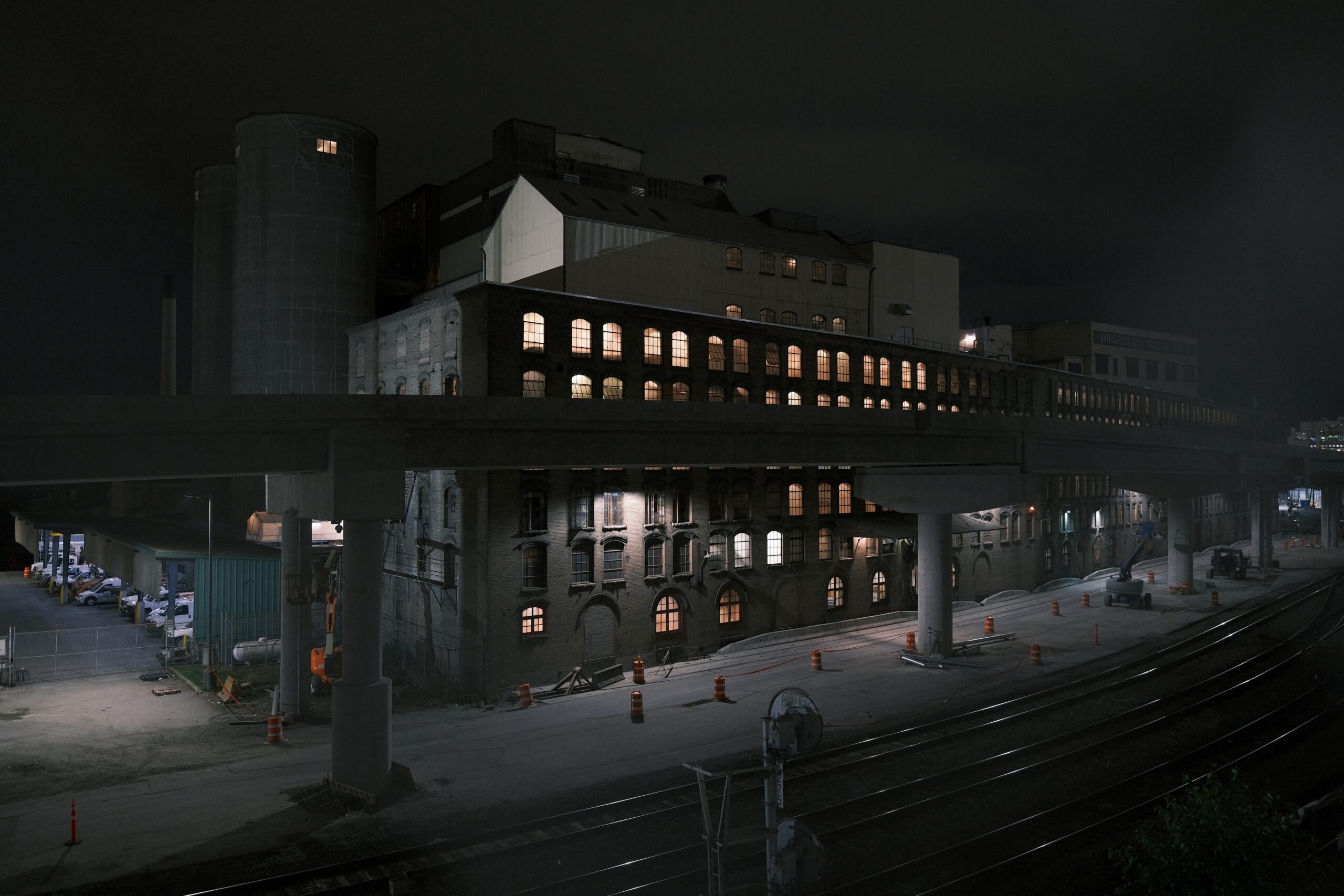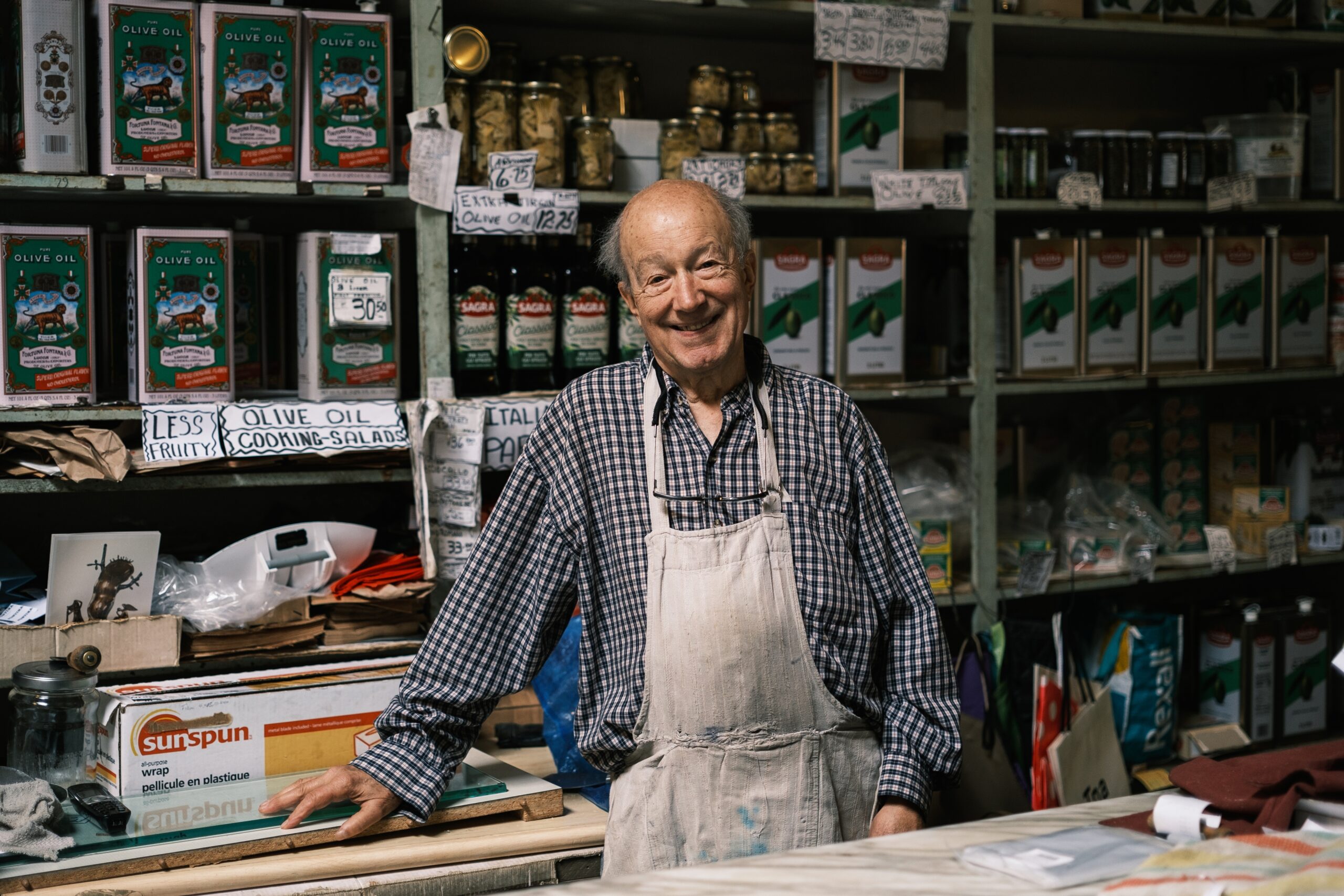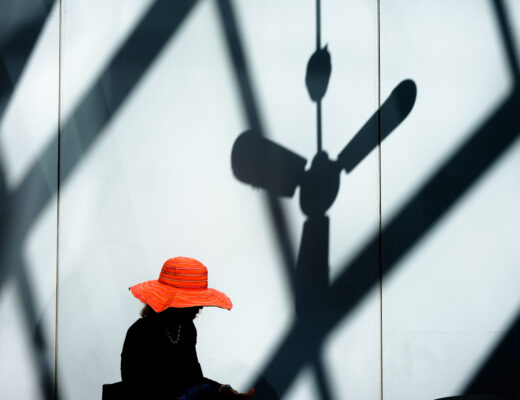As a camera-loving nerd, I’ve been reviewing photographic gear from various manufacturers for over a decade. In addition, I’ve been in the photo industry since 1995 and have shot with a plethora of cameras over the years. During the film era, I was a Minolta user for my professional work, and in the current digital era, I’ve been loyal to the Fujifilm X Series. After testing a variety of camera gear from multiple manufacturers, why did I choose Fujifilm and why the X Series? There are a variety of reasons but the main one being that Fujifilm was different from the rest of the pack. They weren’t vying for the top sales position but chose instead to bring to market a unique camera system, quite different from everyone else. Fujifilm had the right balance of style, functionality and image quality. They won me over.
The first thing I want to mention is that I typically commit to whatever system I decide on, so I don’t flip-flop. It doesn’t matter if it’s a camera, a smartphone or stereo equipment. Once I choose a manufacturer or an ecosystem to be part of, I don’t waste time looking over the fence for possible greener pastures. The time wasted switching back and forth between systems would be better spent on improving my own skills and expanding my kit on useful accessories. Back in 2012 when I was looking to include a digital ILC (Interchangeable Lens Camera) into my ecosystem, I carefully examined what camera manufacturers were doing.
The big boys (Canon and Nikon) were still focused on DSLRs, Panasonic and Olympus were invested in Micro Four Thirds (M43), so that left Sony and Fujifilm in the APS-C interchangeable lens camera realm. I liked the idea that Sony’s E-mount would be used for both APS-C and full-frame cameras but I had some issues. The early generation APS-C cameras from Sony had an unusual design language and their APS-C lens selection was minimal. In addition, their colour science was the weakest in the industry and their menu system was atrocious. Finally, Sony’s priority was their full-frame A7 series of cameras and I believed they would eventually drop support for their APS-C line-up. This left Fujifilm and their X Series.
It helped that I was reviewing Fujifilm cameras at the time but I was also reviewing Leica, Canon, Ricoh-Pentax and Sony. I never had access to Olympus or Panasonic but I wasn’t interested in M43 ILC cameras. Moreover, I wasn’t ignorant of what was happening in the industry but there was something about Fujifilm’s direction that appealed to me. Watching the evolution of the X Series since 2011, from the X100, X-Pro1, X-E1 and finally the X-T1 in 2014, I liked where Fujifilm was going with their system. The most impactful X Series cameras for me were the X-Pro2, X-T2 and the X-T3.
Because I grew up and started my photographic career during the film era, the concept of a digital camera that shoots like a film camera was appealing. How we interact with the design of a camera, including its interface, is an important aspect of the photographic experience. I don’t want to menu-dive to access basic features. I want the camera to be intuitive from the start. If I can see and set up the majority of my parameters (shutter speed, aperture, ISO, exposure compensation) via dials and rings, I’m happy. This is where Fujifilm shines. The X-Pro and X-T series are the most intuitive cameras for me. In the studio or when shooting video, I grab the X-T4. When I’m out and about on the streets, the X-Pro3 is my camera of choice. I can easily grab a prime lens and go out shooting intuitively. In fact, when I’m shooting with my Leica M7 film camera, I can seamlessly switch between my X-Pro3 and M7. It’s a fluid shooting experience.
The colour science is another big reason why I shoot with Fujifilm. Ever since Classic Chrome was released in 2014, it became my signature street photography aesthetic, similar to how I use film. Yes, we can always add filters or presets later in Lightroom, but Fujifilm’s SOOC (Straight Out Of Camera) JPEGs are class-leading. I know many pro photographers who don’t bother with RAW files on some projects. They’ve fine-tuned the in-camera JPEGs to the point where their photo output becomes predictable enough to create deliverable images. Film simulations like ACROS, Classic Chrome and Classic Neg. each have a unique film-like rendering and character not easily replicated on other camera systems. My current favourite is Classic Neg. It actually behaves like film, as it’s a finicky simulation in certain lighting situations. Add other features like Color Chrome Effect, Color Chrome FX Blue, Grain Effect, Clarity and tone curves to create your own unique JPEG recipe.
Some may wonder why I didn’t decide to go the route of 35mm or full-frame sensor cameras. Again, at the time I was choosing a system to invest in, no manufacturer was doing everything I wanted. I liked the size and weight of the Sony A7 series but hated the aesthetics, the menu system and their colour science. Canon and Nikon’s mirrorless options were minimal at the time, and I wasn’t interested in investing in another DSLR ecosystem (I was already a Minolta-Sony A-mount shooter). I wasn’t a fan of the M43 format (I don’t like the 4:3 aspect ratio) and although Samsung was doing great things in the APS-C mirrorless realm, I didn’t believe they had the staying power to remain in the marketplace. There was one other manufacturer that I was interested in: Leica. Yes, I was excited to see what Leica was doing with the M, T, Q and finally the SL mirrorless cameras. However, as much as I love Leica and its cameras, the issue came down to affordability.
As an example, let’s compare my current Fujifilm X Series ecosystem and see what an equivalent in Leica would cost me today. My main studio camera is the X-T4, and my main lens is the XF16-80mm. My backup body is the X-H1 and my rangefinder-style body is the X-Pro3. Let’s add the XF10-24mm and XF33mm f/1.4 R LM WR to round out my lenses. Finally, I have the X100F as my all-in-one premium point-and-shoot camera. If I were to assemble this kit today (X-H1 and X100F used pricing) it would cost approximately $8700 USD.
Now let’s build an equivalent kit with Leica: SL2-S + SL24-70mm as my main studio kit, the original SL as my backup body, the slightly older M10-P as my rangefinder camera, the SL16-35mm + 50mm Summicron-M to round out my lenses, and a used Leica Q for my point-and-shoot. The grand total for both new and used (SL, M10-P, Q used) would cost just over $29,000 USD. I’m not trying to say these are equivalent systems, nor that the price difference is either justifiable or not. Fujifilm is Fujifilm and Leica is Leica. I love both. My point is that if I were to build a similar system to what I currently own within the Fujifilm ecosystem with Leica, this is where I would land on pricing. If there was any other camera system I would want to switch to, it would be Leica. However, at over three times the cost, it wouldn’t be economically feasible for someone like myself.
Finally, some may wonder why haven’t I bought into the GFX system yet. I have considered it. I’ve tested all the GFX cameras and so far my favourite is the original GFX50S. I love the dial layout (similar to the X-H1 and X-T3) and I appreciate the modularity of the body. However, this would mean I would have to buy duplicate lenses for both X Series and GFX. In addition, there is the size and weight consideration, as well as cost (not as hefty as Leica but it’s definitely up there). Although I love the larger sensor format, I currently do not have a need for it. As well, with the upcoming 40MP sensor for the X Series, it doesn’t make sense to build an entirely different system for an extra 10MP. Yes, I am aware of the benefits of having a larger sensor with larger pixels with less noise and better ISO performance, but it’s not worth spending another $5000-6000 to build a GFX system in addition to my X Series cameras and lenses. If I have a specific project where I need a medium format camera, it will 100% be a Fujifilm GFX, but I will rent or borrow it on a short-term basis.
In conclusion, I am extremely happy with my Fujifilm X Series ecosystem. I know there are lots of exciting things happening over at Canon, Nikon, Sony, and Leica-Panasonic-Sigma in the mirrorless full-frame world. I’m also excited to witness the evolution and expansion of Fujifilm’s GFX medium format system. However, I have no regrets about sticking to the X Series for my digital workflow. As I mentioned before, I don’t flip-flop. I don’t switch over lightly. I stuck with Minolta’s A-mount system from 1994 until today, even as it transitioned over to Sony in the early 2000s. I still have most of my kit. When I decided to commit to Fujifilm’s X Series over a decade ago, I never considered switching to any other system. I loved Fujifilm’s ethos when it came to camera aesthetics, ergonomics, and functionality. I also loved the fact that Fujifilm was a well-rounded photographic manufacturer, making cameras, lenses, film, paper, chemistry and photo lab equipment, in addition to instant photography. The stand-out feature for Fujifilm was their ability to create digital simulations of their own photographic film (Provia, Astia, Pro Neg, Velvia, ACROS, etc.) and have it built into all their X Series cameras. I look forward to all the exciting new X Series cameras, lenses and firmware updates (including more film simulations, hopefully) in the near future. Let me know why you love the X Series and what you look forward to. Thanks for reading and happy shooting!


